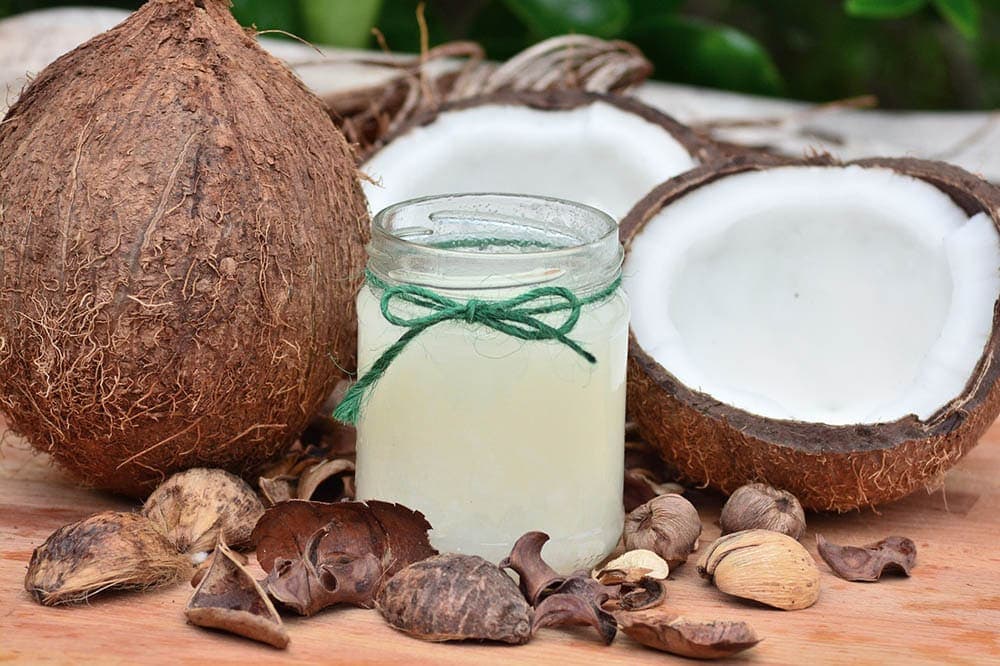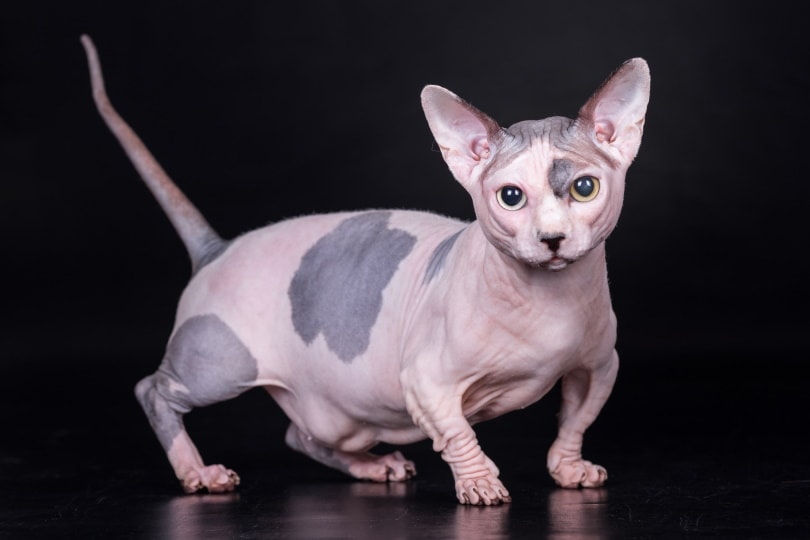Tortoiseshell Cat: Info, Pictures, Characteristics & Facts
Updated on
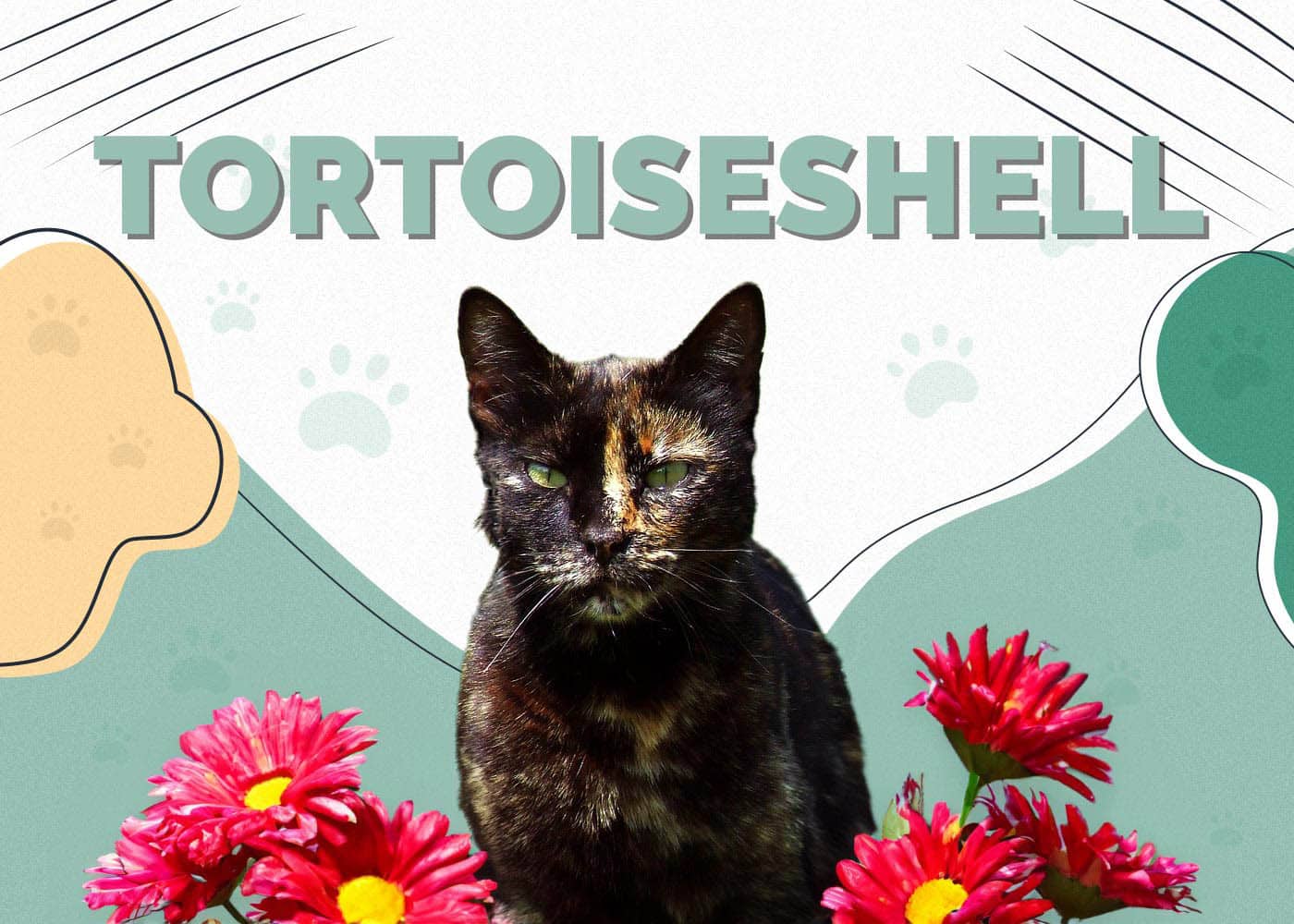
Scientists have concluded that modern-day cats are descendants of one of the many subspecies of the Wild Cat (Felis silvestris). These felines typically have black stripes on a gray-brown body. We see that pattern frequently in our pets. That’s part of what makes the tortoiseshell cat or tortie such an anomaly. It doesn’t look like any animal we’d see in the wild. It describes a color pattern instead of a breed.
People tend to have strong opinions about the color of their cats. The same is true of tortoiseshells. Some consider them aloof or standoffish. One study suggests that they are fussier than other pets. While that sounds farfetched, there might be some truth to it. Cats have evolved through the centuries physically. Research also has found the same thing applies on the behavioral front.
What conclusions can we draw about tortoiseshell cats?
The Origin of the Name
The term tortoiseshell describes the patchwork pattern of colors that you’ll see on these cats. There isn’t any particular connection between the two animals beyond the name. As you can imagine, the pet’s luxurious coat made it the subject of many myths and folklore tales. Many cultures considered these felines good luck. If there is one thing you can say for sure, it’s that these cats are unique.
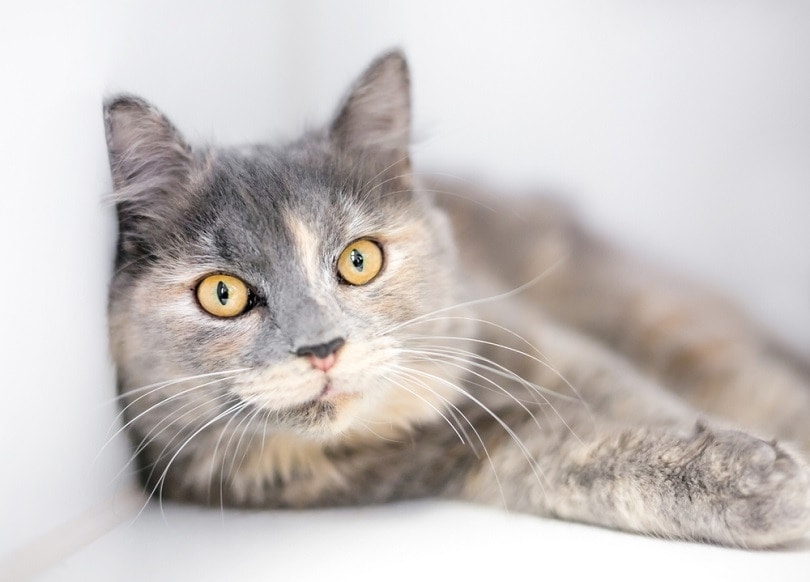
Females vs. Males
One fact stands out about tortoiseshell cats above all else: most are female. The reason is because of their genetics. Females have two X chromosomes, whereas males have an X and a Y chromosome that determine their sex. The orange or black color that you see in tortoiseshell—and calico—cats is on the X chromosome.
The orange color is a recessive trait, so a kitten would have to have the attribute on both of its X chromosomes for it to show up as orange and black in a female. A male kitten only needs only one copy on its X chromosome and, thus, only one of the two colors. When it does appear, a male is usually a tabby. That’s why you’ll usually see only male orange tabbies and female torties or calicos.
Sometimes a male cat is born with two X chromosomes and one Y chromosome. It is a genetic condition called Klinefelter’s syndrome. The animal is typically sterile. That’s why the color doesn’t get spread to its offspring because there are none. Although rare, scientists have identified at least two fertile ones.
Tortoiseshell vs. Calico
Tortoiseshell and calico cats resemble each other with their multi-colored patterns. However, there is one significant difference. The latter has the same mix but on a white background. Otherwise, you’ll see the same group of colors, from cream to orange to black—and everything in between! If a tortoiseshell cat has a tabby pattern, people call them torbies.
Other variations that you may see include mosaic, which is a mix of a bunch of colors all over the cat. A pet with a chimera pattern has one shade on one side and another on the other side. You’ll find both long-haired and short-haired kittens. All are beautiful animals.
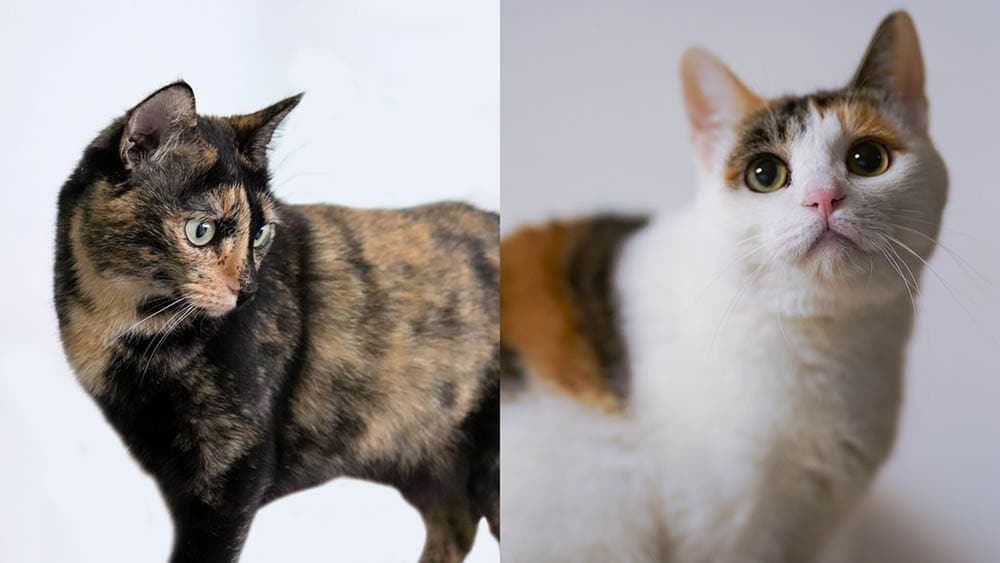
Breeds
The tortoiseshell color pattern appears in a wide variety of breeds. The list includes many familiar ones, such as:
- Maine Coon
- Persian
- Cornish Rex
- Japanese Bobtail
- British Shorthair
- Ragdoll
- American Shorthair
Personality and Health Differences
Since the tortoiseshell pattern can appear in several breeds, the personality traits that you’ll see in these cats vary widely. While Persians are often calm and quiet pets, Maine Coons are intelligent and independent animals. Some people claim that tortoiseshell cats have an attitude. However, it might be more of a function of how their owners treat them than anything else.
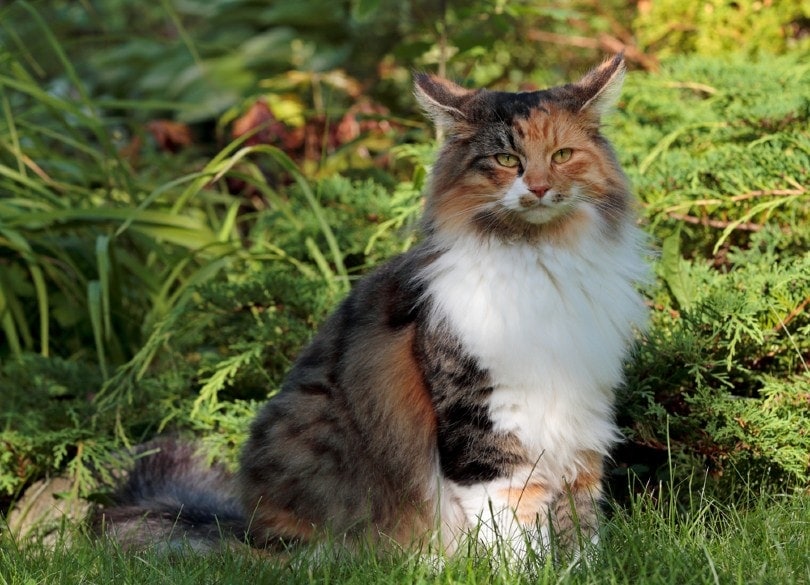
Health Outcomes
The same generalization holds for any increased health risks that tortoiseshell cats may have. Those factors also rest with the breed and not the color pattern. It’s worth noting that some of the ones with this color pattern have an increased risk of some diseases. For example, Persians are more likely to have eye problems than other breeds. However, it has nothing to do with their color.
Conclusion
Tortoiseshell cats are striking animals with coats that you can’t help but admire. Genetics created these remarkable animals and made most of them females. The male tortoiseshell is indeed a rare find. Remember that these pets are not a separate breed but a color pattern that appears in many different cats. That is what will ultimately decide the personality and health of your kitty.
See Also:
- Are There Any Male Tortoiseshell Cats? The Surprising Answer!
- Tortoiseshell Persian Cat: Facts, History & Origin (With Pictures)
Featured Image Credit: Denys R, Shutterstock

